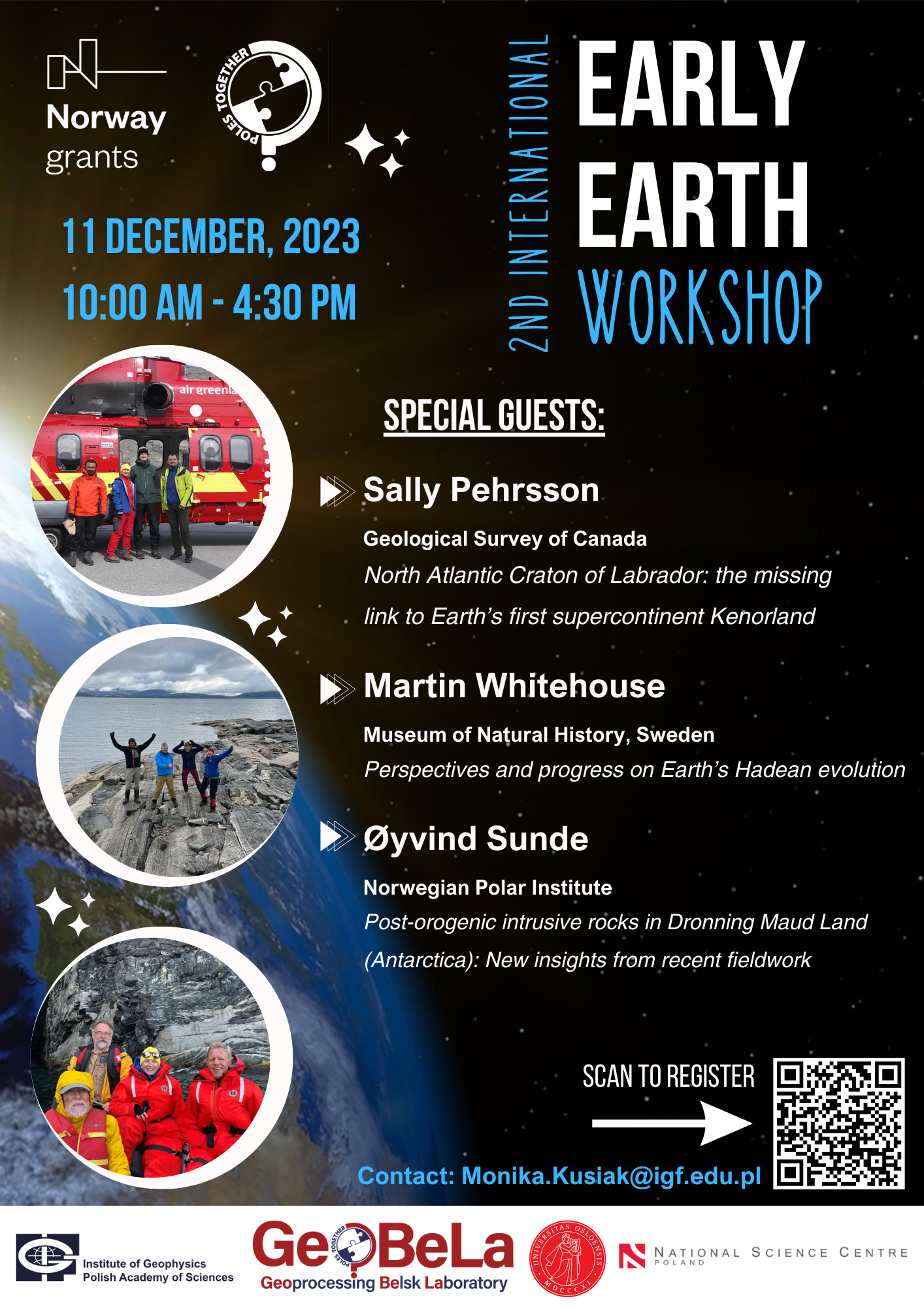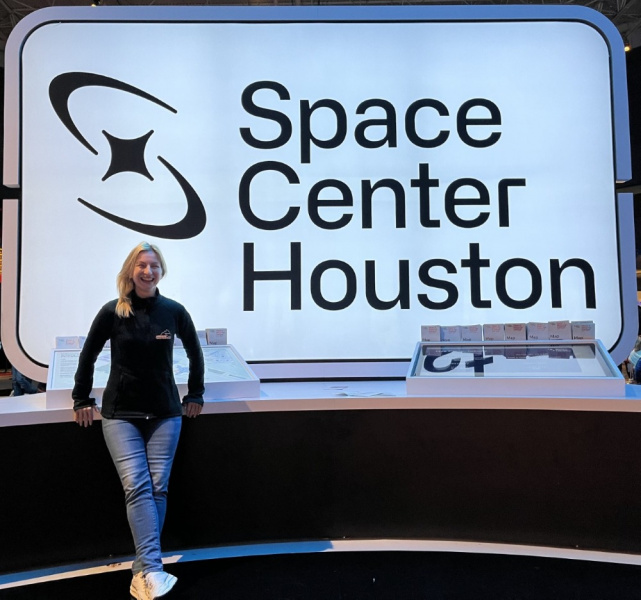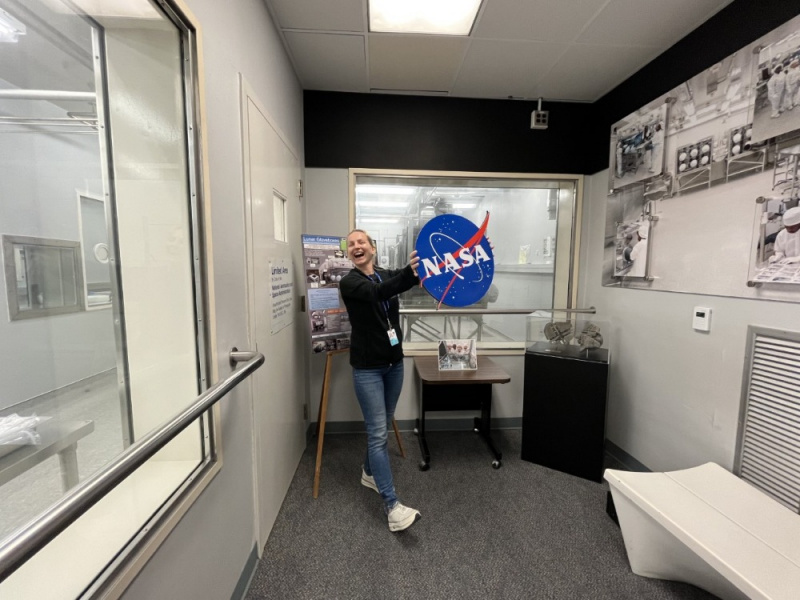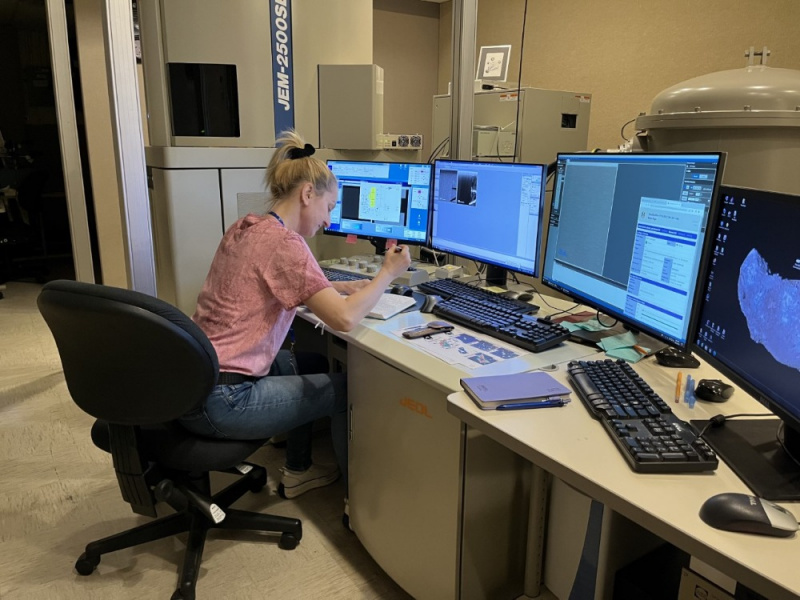We would like to invite You for 2nd International Early Earth Workshop.

Prof. Monika A. Kusiak in the team investigating the Antarctic lunar meteorite at NASA
A team of scientists from NASA, KOPRI (Korean Polar Research Institute) and IGF PAN is engaged in studying the microstructure of accessory mineral grains. This aims to reconstruct the history of meteorites and lunar samples. The scientific meeting was held at NASA Johnson Space Center in Houston.
Out of about 80,000 meteorites on Earth, the lunar ones are less than 1%. Among them, only about 40 are from Antarctica. KOPRI has one lunar meteorite in its meteorite collection. It is called DEW12007 and was found on blue ice about 40 km from Mount DeWitt (Victoria Land, East Antarctica) during a Korean-Italian Antarctic expedition. Its participant was Dr Changkun Park of KOPRI, who classified this meteorite. Isotopic studies indicated it is the oldest lunar sample, with an estimated age of 4.34 billion years ( U-Pb dating method).
Prof. Monika A. Kusiak has experience studying zircon grains (ZrSiO4) from lunar samples from the Apollo 15 and Apollo 16 missions. These studies have led to the determination of structures that can only be formed under conditions of strong shear stress during the unloading of the shock wave shock, as well as the estimated age of the impact with Earth at 4 billion 200 million years ago. The findings were published in the prestigious journal 'Contributions to Mineralogy and Petrology'.


Prof. Monika A. Kusiak at Space Center Houston

Prof. Monika A. Kusiak working on a Transmission electron microscope (TEM)



